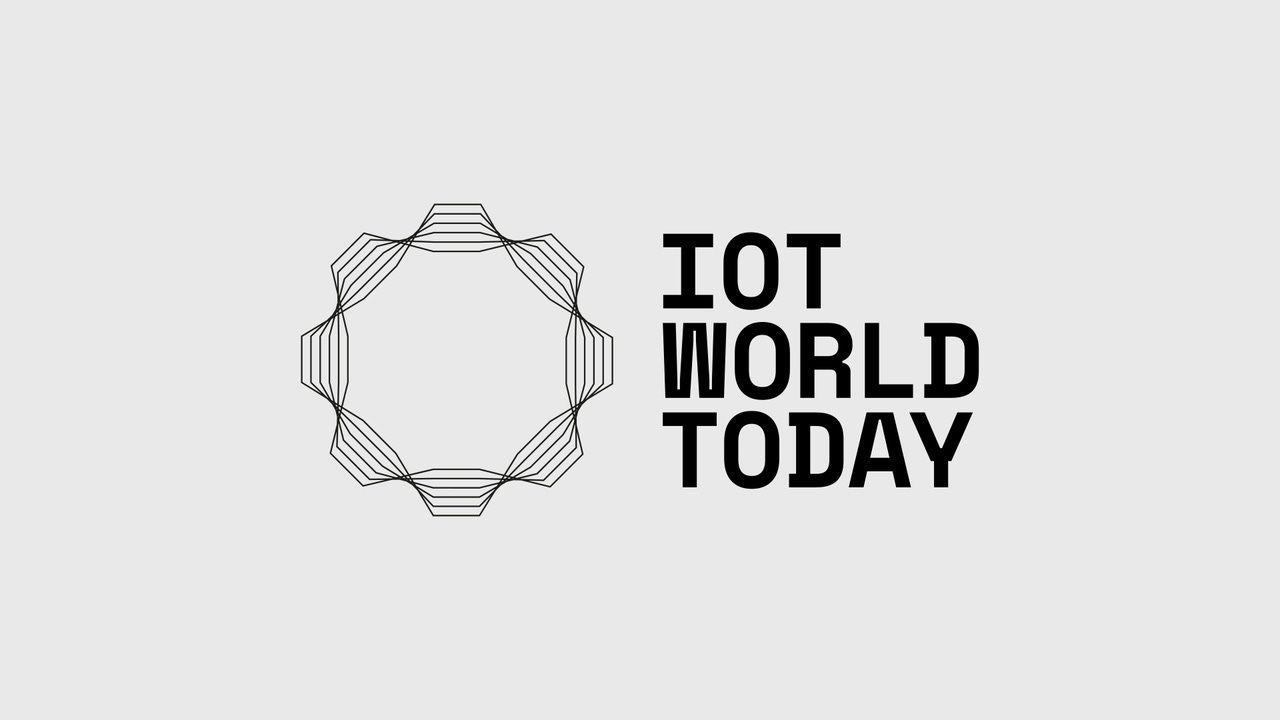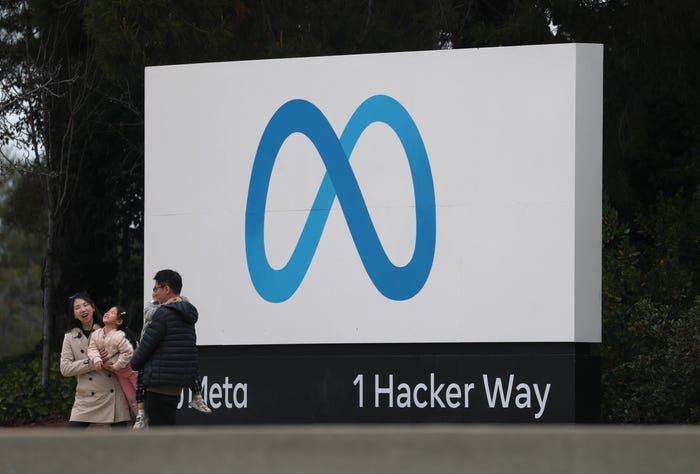Before Your Factory Can 'Fly,' It Needs to Be Able to Run WellBefore Your Factory Can 'Fly,' It Needs to Be Able to Run Well
The notion of Industry 4.0 and the smart factory is hot in China and in many countries throughout the world. But in order for smart manufacturing to reach its potential, manufacturers must take care in considering how they connect their equipment.
January 11, 2017

By Gavin Wu
Do you think vendors hawking IoT technology have a “miracle cure,” that is good for whatever ails your company? Probably not. But the marketing pitches for many of Silicon Valley’s IoT technologies bear a certain resemblance to the medicine shows common in the United States’ Old West.
While the Internet of Things is gaining traction in the industrial realm, the marketing pitch for IIoT naturally exaggerates the technology’s benefits while giving short shrift to the challenges of implementing it.
Walking Before You Run (or Fly)
The situation in China is similar to how it is in Silicon Valley. Many large enterprises here boast of having come up with perfect-sounding technologies for the industrial internet. And many of these vendors boldly state that buying their technology will enable industrial manufacturers “run faster and fly higher.”
Related: Lessons from China: Internet of Things
That makes it sounds like industrial manufacturers are all healthy enough to “run.” There are more than a million industrial manufacturers in China. In today’s competitive marketplace, a relatively small number of industrial companies can thrive—whether it is in China or anywhere else in the world. Try to put yourself in the shoes of one of these companies. Let’s say it has low sales, lower profits, and fierce competition. On top of that, imagine that the business has a culture that is not conducive to innovation. A company like this would need to be able to metaphorically be able to stand up and walk before benefiting from an IoT technology. Asking a company like this “to run faster and fly higher” might sound like trying to get a hospital patient to run a marathon.
And the situation isn’t entirely different for companies that are competitive in their respective markets. For instance, our company Mixlinker Networks (Shenzhen) Inc. has a client that is a premium manufacturer of electricity generating equipment. This company operates 500–2000 KW stationary and mobile electricity generating units fueled by gasoline, diesel, natural gas, biogas, and coal-bed methane. The manufacturer has customers all over China and abroad.
What are their most urgent needs? Well, it’s not necessarily purchasing the supposedly latest and greatest smart-manufacturing technology. Their near-term priorities aren’t improving the efficiency of their automation, nor upgrading their products.
That doesn’t mean that there isn’t a real advantage to industrial internet technology for companies like this. Instead, it means that the marketing message directed at companies like this doesn’t appreciate their key business challenges.
So how can IIoT technology help a company like this? Well, it can help them answer many questions they don’t have answers for, and it can help them know more about their equipment once they leave the plant. Examples of such questions could include:
Is the equipment running normally?
What types of malfunction are occurring over time and how are these problems addressed?
How are end users operating the equipment and how is incorrect operating behavior being addressed?
What habits do operators have? Do they need further instructions on operating the equipment?
How would temperature, humidity, or an unhealthy level of PM2.5 particulate air pollution affect how the plant operates?
What are the characteristics of the life cycle of the equipment? What is the company doing to prolong the lifetime of components and how is it replacing part replacements?
What type of data is most valuable for assessing how factory equipment is running?
What type of data would be needed to detect or prevent when equipment malfunctions? If the data suggests that a dangerous situation is imminent, can the equipment be turned off from remote?
These are the types of questions that would be more important for industrial manufacturers than promises of “running faster and flying higher.” To be able to take full advantage of the IIoT, many companies would be well served to answer questions like the ones sooner rather than later. If they struggle to answer them, well, they should focus on metaphorically “standing up” before they attempt to “fly.”
One Size Does Not Always Fit All
A single equipment manufacturer may produce dozens of products, and each of those products may have dozens of models. In the broader competitive landscape, there may be many companies that make the same type of equipment, and each of these enterprises may have an entirely different approach to product design. Complicating matters, each product generation may differ substantially from older products. Ultimately, there could easily be tens of thousands of equipment manufacturers with a variety of business and data needs.
Because of the large degree of variability among manufacturers, the way each acquires data might be completely different. This variability is why, for many IT service vendors, they may have a good IoT solution for one manufacturer or for a particular piece of industrial equipment, but it doesn’t necessarily work as well for other manufacturers or different types of equipment. Do we have a way to address the issue with the same methodology for all the completely different equipment?
At Mixlinker Networks (Shenzhen) Inc., our approach is to acknowledge this variability and to develop IIoT systems that can be deployed across a range of industries for an array of different equipment types. Our systems are suited for devices ranging from boilers to construction machinery to PLC industrial controllers.
To summarize, we recommend that your company be skeptical of companies that promise to help transform your business by simply purchasing their technology. While we are firm believers in the power of Industry 4.0, we counsel you to be pragmatic and to assess that your company—and all of its equipment—is fully in order before attempting to become an IIoT leader. As Friedrich Nietzsche wrote in Thus Spoke Zarathustra: “He who would learn to fly one day must first learn to stand and walk and run and climb and dance; one cannot fly into flying.”
You May Also Like




